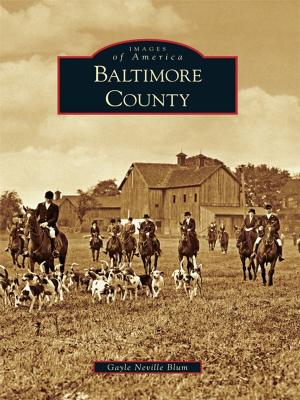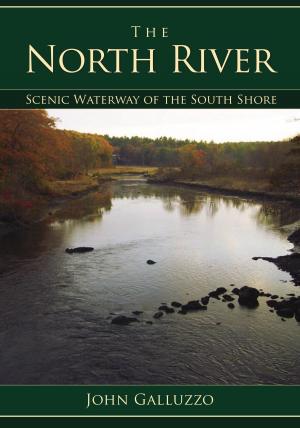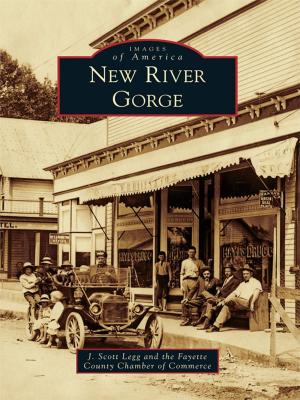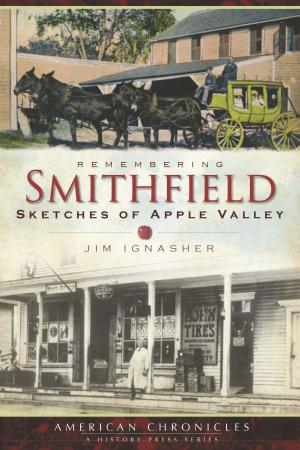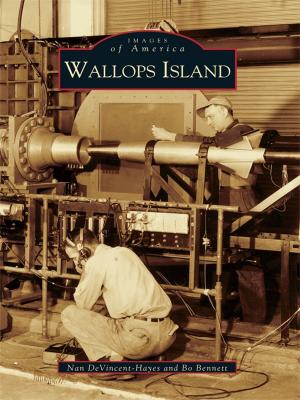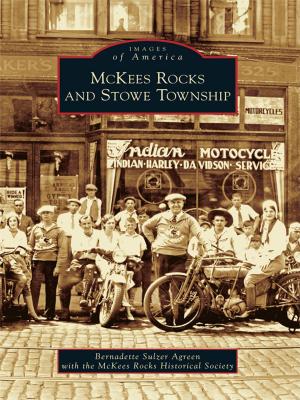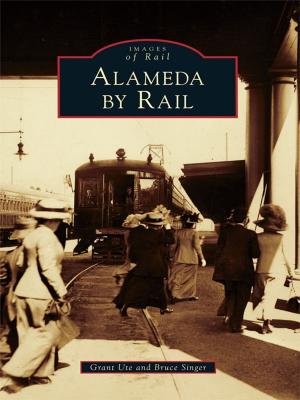| Author: | Park County Local History Archives | ISBN: | 9781439651599 |
| Publisher: | Arcadia Publishing Inc. | Publication: | June 1, 2015 |
| Imprint: | Arcadia Publishing | Language: | English |
| Author: | Park County Local History Archives |
| ISBN: | 9781439651599 |
| Publisher: | Arcadia Publishing Inc. |
| Publication: | June 1, 2015 |
| Imprint: | Arcadia Publishing |
| Language: | English |
Created in 1861, Park County is one of Colorado's original 17 territorial counties. It is named after South Park, which is the vast, high alpine valley at the county's center. By the time the first fur trappers and explorers arrived in the early 1800s, Ute Indians had long visited the area to hunt the mountain valleys and fish the trout-filled streams. In 1859, prospectors discovered gold along Tarryall Creek, ushering in a mining boom that gave rise to dozens of boisterous mining camps. Ranchers soon followed, taking advantage of the nutritious native grasses and raising cattle to feed hungry miners, often under harsh conditions. By the 1880s, the Denver, South Park & Pacific and Colorado Midland Railroads arrived, spurring the growth of new towns and opening new markets for Park County's minerals, hay, ice, lumber, and cattle. As mining waned, tourism emerged as a major economic force attracting visitors eager to experience Park County's authentic character and stunning natural beauty.
Created in 1861, Park County is one of Colorado's original 17 territorial counties. It is named after South Park, which is the vast, high alpine valley at the county's center. By the time the first fur trappers and explorers arrived in the early 1800s, Ute Indians had long visited the area to hunt the mountain valleys and fish the trout-filled streams. In 1859, prospectors discovered gold along Tarryall Creek, ushering in a mining boom that gave rise to dozens of boisterous mining camps. Ranchers soon followed, taking advantage of the nutritious native grasses and raising cattle to feed hungry miners, often under harsh conditions. By the 1880s, the Denver, South Park & Pacific and Colorado Midland Railroads arrived, spurring the growth of new towns and opening new markets for Park County's minerals, hay, ice, lumber, and cattle. As mining waned, tourism emerged as a major economic force attracting visitors eager to experience Park County's authentic character and stunning natural beauty.

